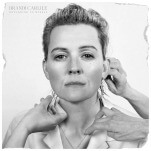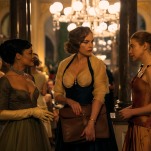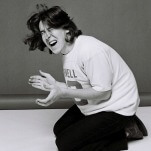Best of Criterion’s New Releases, March 2018
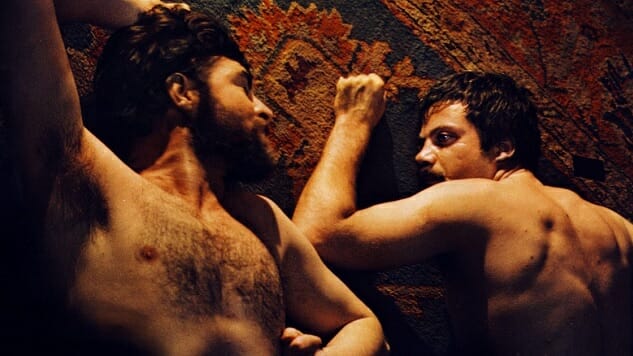
Each month, the Paste staff brings you a look at the best new selections from the Criterion Collection. Much beloved by casual fans and cinephiles alike, The Criterion Collection has for over three decades presented special editions of important classic and contemporary films. You can explore the complete collection here. In the meantime, because chances are you may be looking for something to give the discerning (raises pinkie) cinephile this month, find all of our Criterion picks here, and check out some of our top titles this March:
-

-

-

-

-

-

-

-

-

-

-

-

-

-

-

-

-

-

-

-

-

-

-

-

-

-

-

-

-

-

-

-

-

-

-

-

-

-

-

-

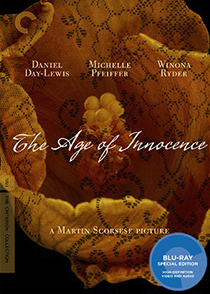 The Age of Innocence
The Age of Innocence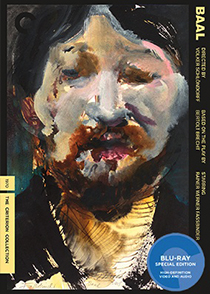 Baal
Baal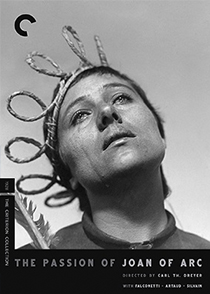 The Passion of Joan of Arc
The Passion of Joan of Arc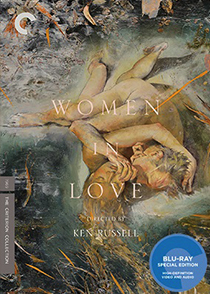 Women in Love
Women in Love


